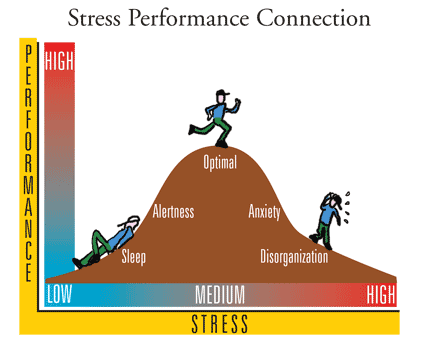
Is the Chennai ad world ailing?
Category : In the news
Appeared in afaqs! on 7th April 2011
The city has lost many key accounts in the recent past. afaqs! explores the facts, the reasons and the consequences of this exodus.
The coffee versus toffee debate was born in Chennai. This famous ad film for Parry's Coffee Bite isn't the only campaign that the Chennai ad fraternity can boast of. In the last many years, the city's ad fraternity has churned out some very memorable campaigns for clients such as Ford, CavinKare, Citibank, and Saint Gobain.
However, the Chennai ad world is currently going through a lean phase. The city has lost many of its high profile clients in the last few years.
Elango M, general manager, Interface Communications, Chennai agrees, "Several big brands have moved out of the city over the years for whatever reasons there may be." In the recent past, brands such as Citibank, CavinKare, Ford, and Parryware Roca have moved out of the city. And, we are still counting.
What's surprising is that the city is not just losing its clients to Bengaluru - which has recently turned into the hub of the ad world in the South - instead, clients are moving from Chennai to Mumbai and Delhi, and many times within the same agency.
Francis Xavier, head of Francis Kanoi Marketing and Planning Services, says, "One of the reasons for businesses moving out of Chennai is the consolidation of the business in one spot. This was the case with Pond's, years back. The business was consolidated in Mumbai after it was taken over by Hindustan Unilever (HUL)."
A recent instance of the same would be the media duties of ColorPlus that moved from Starcom MediaVest Chennai, to R K Swamy Media Group Mumbai, owing to the consolidation of its media planning/buying duties on the part of mother-brand Raymond, three months back.
However, there seems to be more to the exodus than mere grouping and growth plans.
While some accounts moved out of the city because the brand got bought over by a company headquartered in Mumbai or Delhi, a common reason for the exit of many brands was the lack of advertising talent in Chennai.
Richa Arora, brand consultant of the Bengaluru-based Five by Six Consulting, says, "It's an interlinked phenomenon. When the total quantum of business in a city falls below a certain threshold level, agencies would naturally move out their best people resources to other cities for better resource utilisation. When this reaches a point where the quality of resources available in a city falls below the acceptable threshold level, businesses would have no option, but to relocate to move closer to these quality resources."
It is also true that it is difficult to retain talent in Chennai. While the creative, as well as business heads of Southern operations in many agencies have now shifted base to Bengaluru, the best talents prefer moving to Mumbai or Delhi - the Mecca of Indian advertising. Talents see these places as opportunities for growth.






